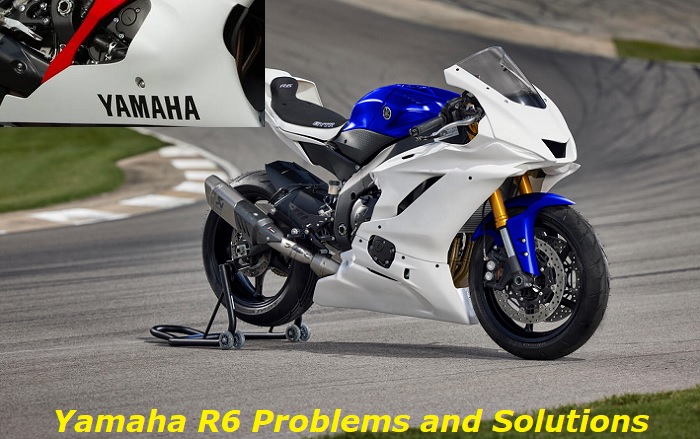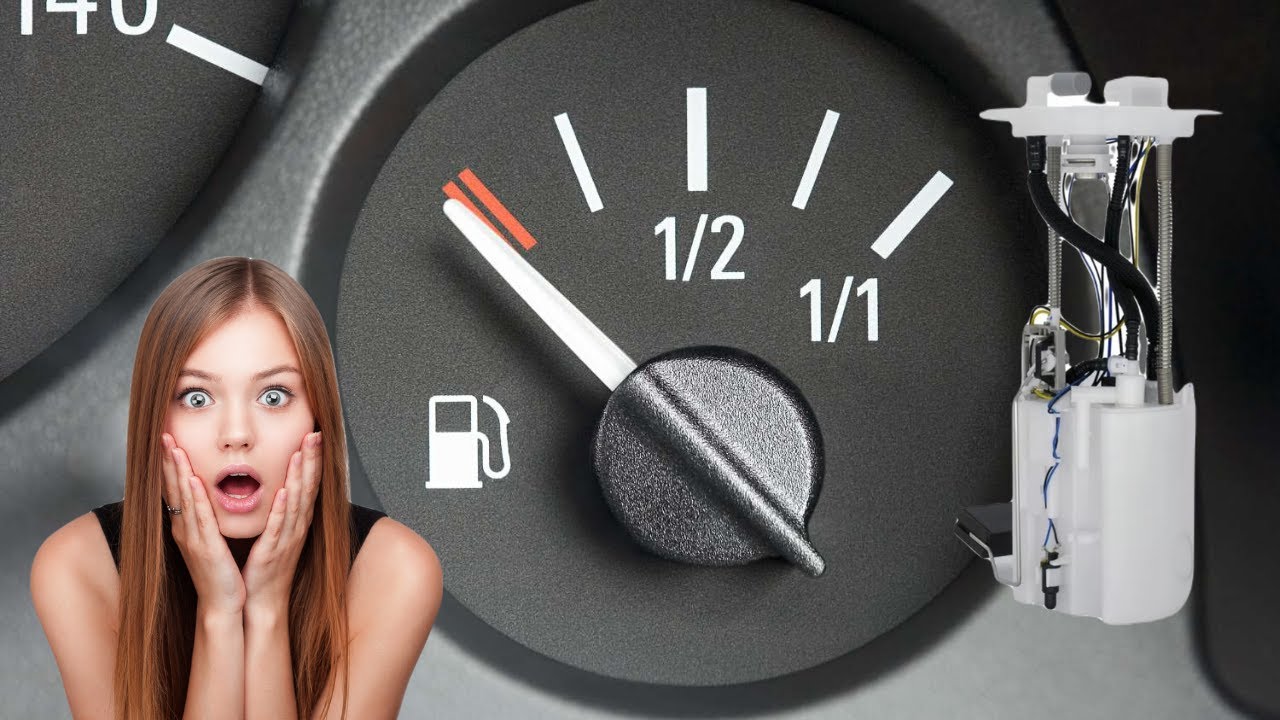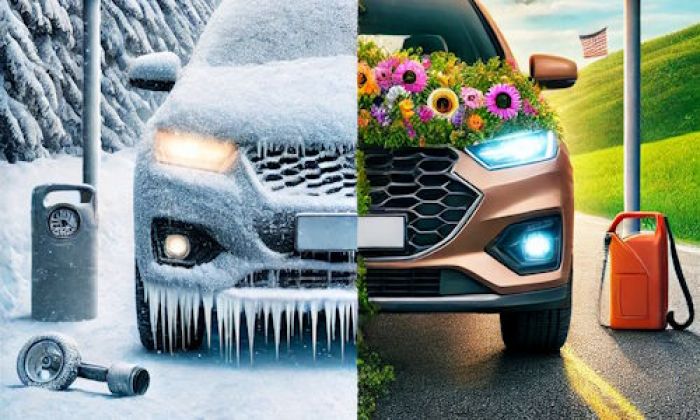The Yamaha R6 exemplifies good performance with a proven track record in racing. It also carries its brand's reputation when it comes to motorcycles. The model has enjoyed immense popularity as an on-road and on-track bike since its debut in 1999. Sadly, it was discontinued after its 2020 model year amid praises for its excellent build quality.
Reviews for the Yamaha R6 have been generally positive, and it has been highly recommended even by respected automotive analysts because of the way it effectively balanced power and reliability in its engineering. However, it does not mean it is completely trouble-free. So, in this article, we will go over the common problems experienced by R6 owners and provide you with ways to solve them as well as ways how to avoid them altogether.

Most Common Problems Experienced by Yamaha R6 Owners
The most annoying problems in the R6 start after years of use, which can be hastened by neglect from owners. We have narrowed the most common ones down to the following:
- Hard Starts
- Engine Stalls
- Rough Idle
- Misfiring
- Loss of Power
- Decreased Fuel Economy
- Overheating
- Unusual Noises
If you are experiencing any of these symptoms, it is important to have your bike checked by a qualified mechanic as soon as possible to avoid further damage.
Solutions to the Most Common Problems Associated with the Yamaha R6
Whether you want to save or you are having a hard time looking for a reliable mechanic in your area, there are also ways for you to address the aforementioned problems of the Yamaha R6. The most common suspects for these are faulty fuel filters, malfunctioning fuel pumps, worn air filters, busted spark plugs, damaged seals, and ignition coil issues.
1. Replacing the Fuel Filter
A clogged or dirty fuel filter can lead to a loss of power and decreased performance. In extreme cases, it can even cause engine damage.
If you have zeroed in your problem in this part, here are steps to replace it:
- Locate the fuel filter under the gas tank.
- Disconnect the fuel line from the filter using a wrench.
- Once the fuel line is disconnected, you can remove the old filter.
- To install the new filter, simply reverse the steps above.
- Reconnect the fuel line and start the engine to check for any leaks.
2. Replacing the Fuel Pump
Over time, this pump can become worn out or damaged, causing it to malfunction. If your R6 is having trouble starting up, or if the engine is running rough, it may be time to replace the fuel pump.
Follow these steps to do it:
- Remove the seat and gas tank in order to access the fuel pump.
- Disconnect the electrical connector and fuel line. Then, remove the two bolts that hold the pump in place.
- Install the new fuel pump by reversing the above steps. Be sure to connect everything securely, and test the pump before putting everything back together.
- Replace the seat and gas tank.
- Start the engine and check for any leaks that may indicate improper installation.
3. Changing the Air Filter
A dirty or clogged air filter can reduce your bike's performance, and in extreme cases, cause engine damage. If your air filter shows signs of serious wear, it may be time to replace it already using the following steps:
- Remove the seat and fuel tank by unscrewing the bolts holding them in place.
- Once the seat and fuel tank are removed, you should be able to see the air filter housing. There will be a cover over it, which is held in place by screws or clips.
- Remove the cover and take out the old air filter.
- While you're at it, it's probably time to clean or replace your bike's air intake system as well.
- Put the new air filter in place and replace the cover. Make sure everything is securely fastened before moving on.
- Reattach the seat and fuel tank, then start up your bike to test it out.
4. Installing New Spark Plugs
Faulty spark plugs can cause a whole lot of problems, including misfires, power surges, loss of power, high fuel use, rough idle, and hard starts. If any of the said symptoms are manifesting, here's the process to replace your spark plug:
- Start by detaching the seat and fuel tank. This will give you better access to the spark plugs.
- Unscrew the spark plug cap and remove the old spark plug.
- Inspect the condition of the spark plug wire. If it is damaged, replace it also with a new one.
- Screw in the new spark plug and screw on the spark plug cap.
- Reattach the seat and fuel tank.
- Start the engine and check for proper operation.
5. Replacing Seals and Gasket
Over time, these components can wear out and cause leaks, which can lead to overheating and total engine damage. If you notice signs of leaks coming from your engine, here are the steps that you have to take:
- Before you begin, you'll need to remove the fairings and other components that block access to the engine.
- Remove the oil drain plug and allow the oil to flow into a catch pan.
- Remove the engine covers in order to access the seals and gaskets.
- Begin replacing the oil seals, then the engine gaskets. Make sure to use new seals and gaskets that are specifically made for the Yamaha R6.
- Once the new seals and gaskets are in place, reassemble your motorcycle.
- Be sure to tighten all bolts and nuts to the proper specifications.
- Refill the engine with fresh oil.
- Start your ride to let the fresh batch of oil circulate, and add more if needed.
6. Changing the Ignition Coil
A problematic ignition coil can cause hard starts, misfires, and poor fuel economy in your motorcycle. If you think that this part has been malfunctioning, then it's time to change it using these steps:
- Locate the ignition coil by first removing the gas tank and its other attachments.
- Detach the old ignition coil from the spark plug.
- Connect the new ignition coil to the spark plug.
- Test the new ignition coil to ensure it is working properly.
- Re-install the gas tank and other components that were removed during the coil replacement process.
Ways to Avoid the Common Yamaha R6 Problems
Yamaha R6 owners can avoid many of the motorcycle's major engine problems by following these few simple tips:
1. Keep the Oil Clean
It is important to keep the engine clean. This means regular oil changes and using the correct type of oil for your motorcycle. Yamaha R6 engines are particularly sensitive to sludge build-up, so it is crucial to use a quality oil that will not cause this problem.
2. Maintain the Recommended Coolant Level
Check the engine's coolant levels regularly. The coolant system on a Yamaha R6 needs to be in good working order in order to prevent the engine from overheating. If the coolant level drops too low, it can cause serious damage to the engine.
3. Ensure the Good Quality of the Air Filter
Make sure that the air filter is clean. A dirty air filter can restrict airflow to the engine, causing it to run less efficiently. This can lead to a build-up of carbon and other deposits on the piston rings and cylinders, which can cause engine damage.
4. Ensure that the Spark Plugs are in Working Order
Regularly check the spark plugs. Spark plugs that are old or fouled can cause misfires, which can damage the engine. It is also important to check the gap between the spark plug electrodes, as this can affect how well the engine runs.
5. Regularly Check Fuel Pressure
Keep an eye on the engine's fuel pressure. Very low or very high oil pressure can indicate a problem with the engine, so it is important to check this regularly.
6. Maintain the Quality of the Transmission
See to it that the transmission and clutch are in good working order. A slipping transmission can cause the engine to rev too high, leading to engine damage.
7. Make Sure that the Valves are Performing Well
It is important to check the engine's valve clearance. If the valves are not opening and closing correctly, it can cause engine damage.
8. Keep the Belts and Chain in Good Working Order
Check the condition of the belts and chains. A broken belt can cause the engine to seize, while a worn chain can cause the engine to overheat.
9. Have the Motorcycle Serviced Regularly
Finally, it is important to have the engine serviced regularly. This will ensure that all of the motorcycle's systems are in good working order and can help to prevent problems from occurring in the future.
Conclusion
Following these simple troubleshooting tips can help you identify and fix many of the Yamaha R6 motorcycle's common engine problems after prolonged use. Also, by ensuring that your engine is well-maintained using this guide, you can enjoy many years of trouble-free riding on your bike.
About the authors
The CarAraC research team is composed of seasoned auto mechanics and automotive industry professionals, including individuals with advanced degrees and certifications in their field. Our team members boast prestigious credentials, reflecting their extensive knowledge and skills. These qualifications include: IMI: Institute of the Motor Industry, ASE-Certified Master Automobile Technicians; Coventry University, Graduate of MA in Automotive Journalism; Politecnico di Torino, Italy, MS Automotive Engineering; Ss. Cyril and Methodius University in Skopje, Mechanical University in Skopje; TOC Automotive College; DHA Suffa University, Department of Mechanical Engineering






Add comment